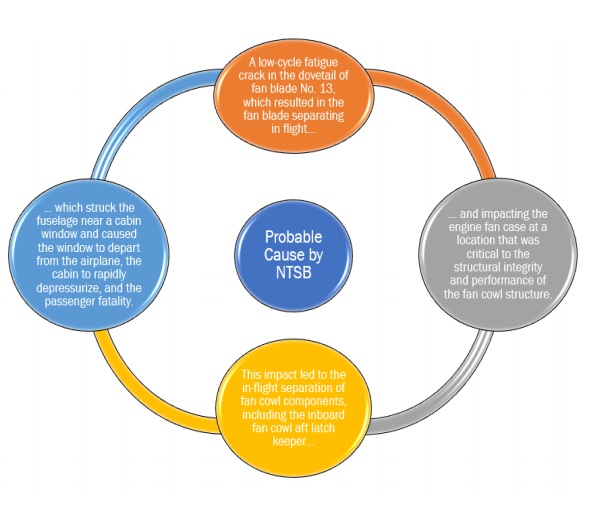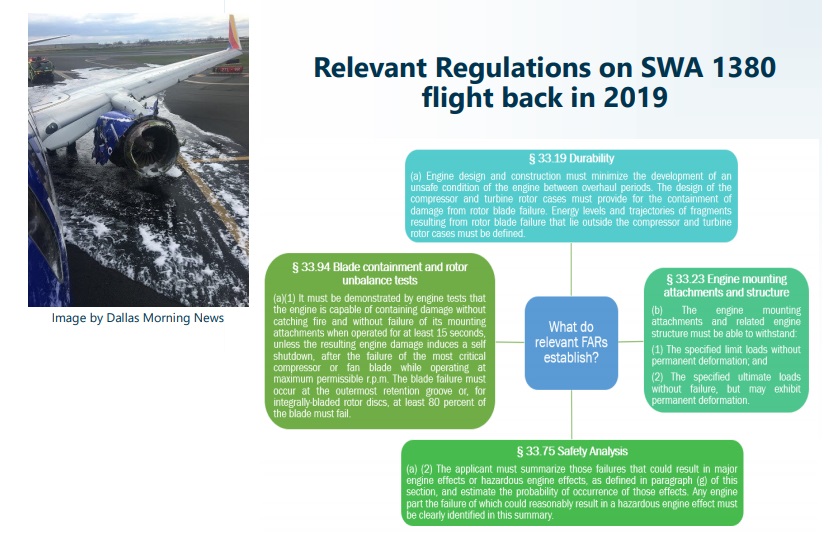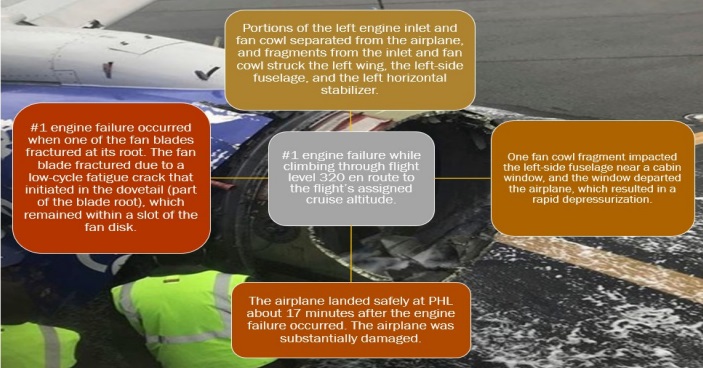Harmonized, Standardized and Tuned…
by measuring data relevant to goals achievement in terms of SPIs.
Upon delivering this activity, it provides confidence defenses are complying with its assigned / established role as set out. To do that, it can use not only audits but surveys and studies for the aforementioned appraisal purposes, but surveys and studies.
This process also comprises the management of change and when all of these contents are executed it is able to provide for the continuous improvement.
Component 4. Safety Promotion is always enabling participants with skills and information, so they are able not only of managing the proper information but making proper decisions to achieve relevant objectives.
What Safety Publication to Read?
In this book, Capt. Tammie Jo Shults tells us her story of how a girl from New Mexico becomes one of the first females to fly the F/A-18 Hornet after
overcoming several obstacles due to being a woman in the man’s world of military aviation at the time.
Some Operational Highlights on the Investigation of SWA 1380
We will be citing some quotes from the NTSB AAR 19/03 Investigation Report along with other sources that we consider are key to understand better the probable cause of this accident, wherein the flight crew performed greatly due to the training as delivered and the operational experience they acquired.
FBO Containment Certification Tests
During the CFM56-7B engine FBO containment certification tests, the CFM-selected fan blade release position was at twelve o’clock. Boeing’s post-accident analyses found that the fan cowl structure is more sensitive and more susceptible to failure when a separated fan blade impacts the fan case near the six o’clock position because of the proximity of this fan blade impact location to the radial restraint fitting (at the bottom of the inboard fan cowl). It is important that the interaction of the fan case, radial restraint fitting, and fan cowl during an FBO event be well understood to preclude a failure of the fan cowl structure on Boeing 737NG-series airplanes.
NDT Method
As the ECI technique is highly sensitive than FPI, the a90/95 value is lower for ECI such that it represents high probability of detecting a crack with
same size than FPI.
Given the emergency situation aboard this flight, the flight crew’s performance of most, but not all, of the items on the Engine Fire or Engine Severe Damage or Separation non-normal checklist and the nonperformance of the three other relevant non-normal checklists allowed the crew to appropriately balance the procedural requirement of executing checklists with the high workload associated with maintaining airplane control and accomplishing a safe and timely descent and landing.









